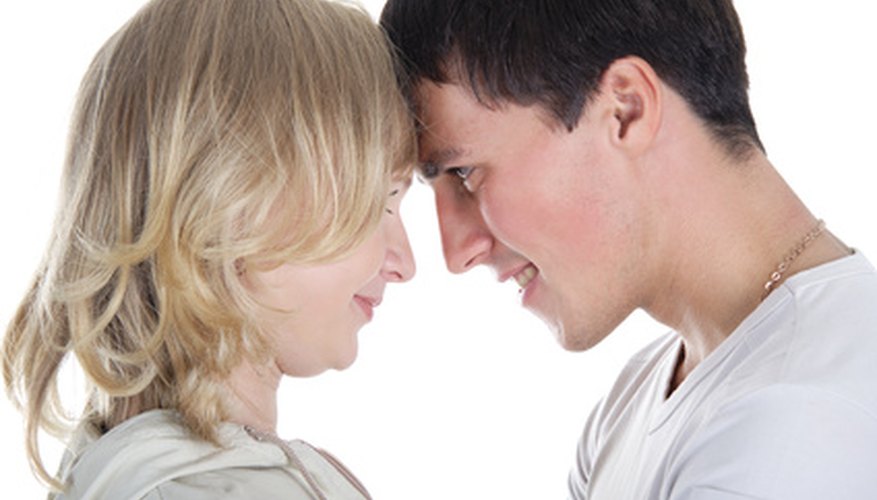According to National Meningitis Association, 1,500 Americans suffer from meningococcal disease every year, and the fatality rate among those infected is 11 per cent. The bacterium Neisseria meningitis causes meningococcal disease, also called bacterial meningitis. Meningitis results when the brain and spinal cord swell, impairing motor functions.
How the Disease Is Spread
Bacterial meningitis transfers from human to human through the mucus of the nose, throat and mouth. However, this is not an airborne disease. Contraction of the disease occurs only through physical contact. Activities such as kissing or drinking from an infected person's glass increase your risk of contracting the disease. Shaking someone’s hand after they have just coughed or sneezed and then eating without washing your hands also spreads the disease. There are higher instances of infection in areas of concentrated population, such as schools and dormitories. Up to 10 per cent of the population can be carriers of the disease at any one time, and infection among a group can reach 80 per cent before the first person becomes symptomatic.
- Bacterial meningitis transfers from human to human through the mucus of the nose, throat and mouth.
- Shaking someone’s hand after they have just coughed or sneezed and then eating without washing your hands also spreads the disease.
Identification
N. meningitis is a Gram-negative, diplococci bacteria. It can be differentiated from other bacteria of the genus Neisseria by its polysaccharide capsule. Minute differences in the structure of the capsule allow for the identification of 12 different serogroups. Groups B and C are most often identified during sporadic outbreaks, while Group A meningococci appear to be the cause of epidemics.
- N. meningitis is a Gram-negative, diplococci bacteria.
- Groups B and C are most often identified during sporadic outbreaks, while Group A meningococci appear to be the cause of epidemics.
Infection
The organism naturally colonises the posterior nasopharynx, the back of the nose and throat, without causing symptomatic disease. The host can be a carrier anywhere from a few days to several months before becoming symptomatic. Symptoms of the disease appear when the bacteria begin to die and undergo autolysis, spontaneous eruption upon cell death. This releases an endotoxin into the bloodstream called lipooligosaccharide (LOS) which attacks white blood cells, impairing their ability to fight off the infection.
- The organism naturally colonises the posterior nasopharynx, the back of the nose and throat, without causing symptomatic disease.
Symptons
Early symptoms of a bacterial meningitis infection include fever, malaise, vomiting and headache. Signs of meningeal infection include neck and spine stiffness as well as exaggerated reflexes. Advanced meningitis causes minute haemorrhages in the skin (petechiae), particularly in areas subjected to high pressure such as the back or waist line. The most severe symptoms result in delirium and coma. Those who survive may have amputations of fingers, toes or limbs, scarring and/or persistent psychological problems.
- Early symptoms of a bacterial meningitis infection include fever, malaise, vomiting and headache.
Vaccines
A vaccine is recommended for use in 11- to 18-year-olds, college students (particularly those in dormitories) and children between the ages of 2 and 10 if recommended by a doctor. The current conjugant vaccine available protects against serogroups A, C, Y, W-135, which are known to cause 70 per cent of the bacterial meningitis cases in the United States. This vaccine provides long-term coverage without the necessity to revaccinate and protects against carriage of the bacteria.
